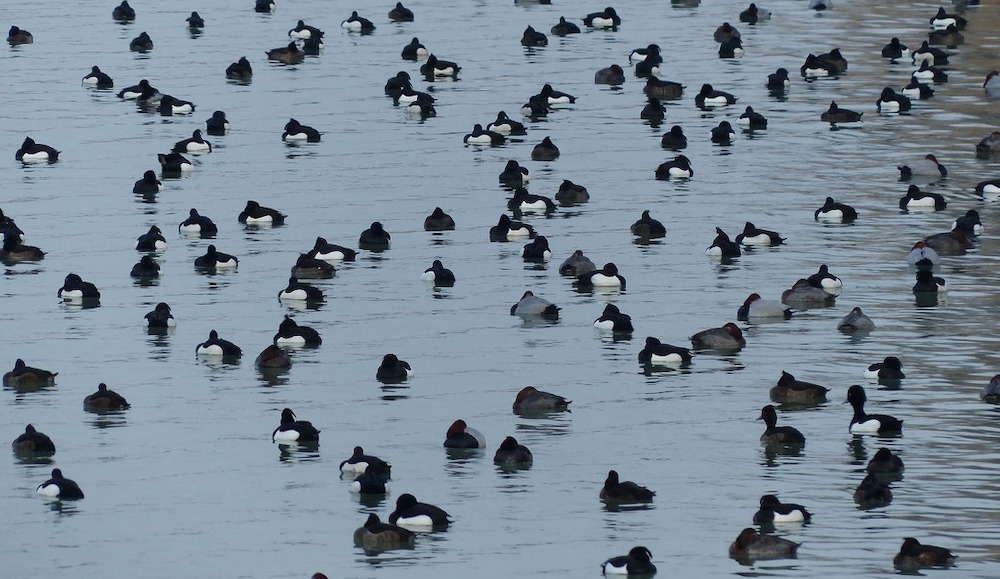Utbredning och antal av övervintrande sjöfåglar i Sverige 2015 och förändringar under de senaste femtio åren
DOI:
https://doi.org/10.34080/os.v26.21854Nyckelord:
Anatidae, änder, klimatförändringarAbstract
The International Waterfowl Census started in Europe in 1967, in Sweden already in 1966. In Sweden, country-wide surveys of the inshore coastal areas were undertaken in 1971–1973, 2004 and 2015 in addition to the annual sample counts. In 2015, the entire coast between the Norwegian border and the northern part of the Stockholm archipelago was covered. The total estimate was 616,000 (excluding seaducks such as Long-tailed duck and scoters), a slight increase since 2004 and a large increase since 1971–1973. Long-term significant increase or little change was recorded for all species but the Longtailed Duck which decreased significantly. The distribution showed marked changes for several species, with larger proportions being found in the Baltic archipelagos in later years. In all EU the seaducks declined whereas most other species were stable or increased. In four diving ducks an increases in Sweden and other northern areas was balanced by decreasing numbers for countries to the south and southwest. Thus population changes in Sweden could be related to milder winters in the northern part of the wintering area.
Nedladdningar

Downloads
Publicerad
Referera så här
Nummer
Sektion
Licens
Författaren/författarna innehar copyright för varje enskilt bidrag, men samtliga bidrag är publicerade under en Creative Commons-licens, så att vem som helst kan dela och återanvända bidraget förutsatt att copyright-innehavaren erkänns.







